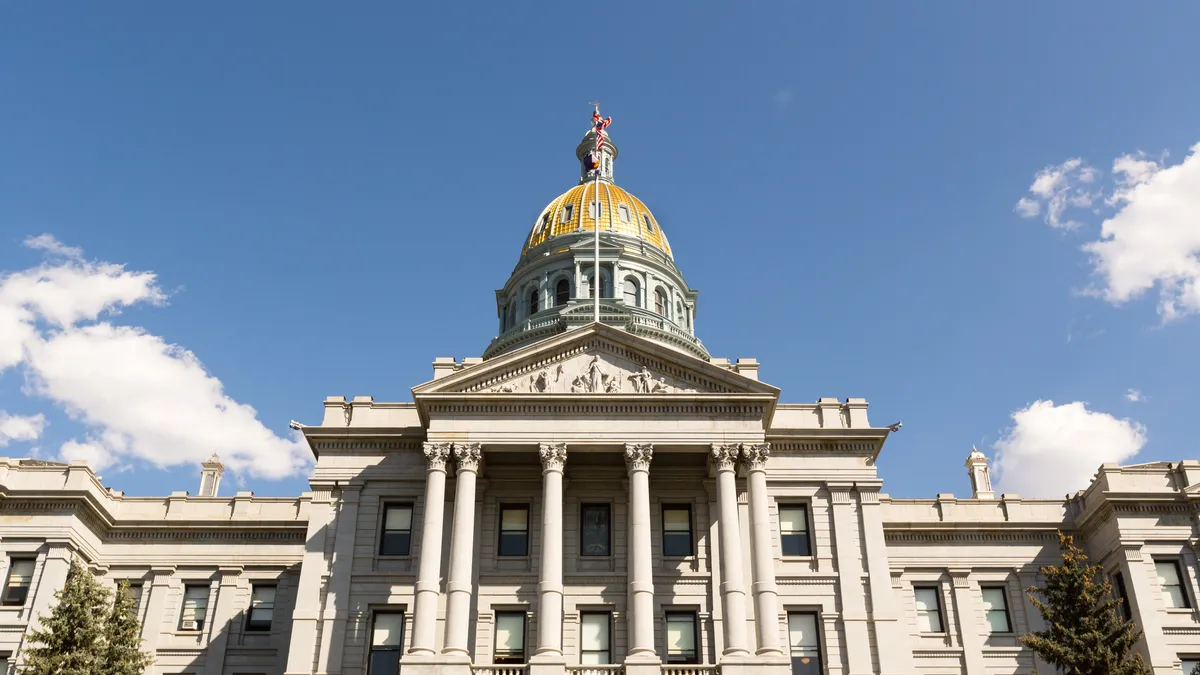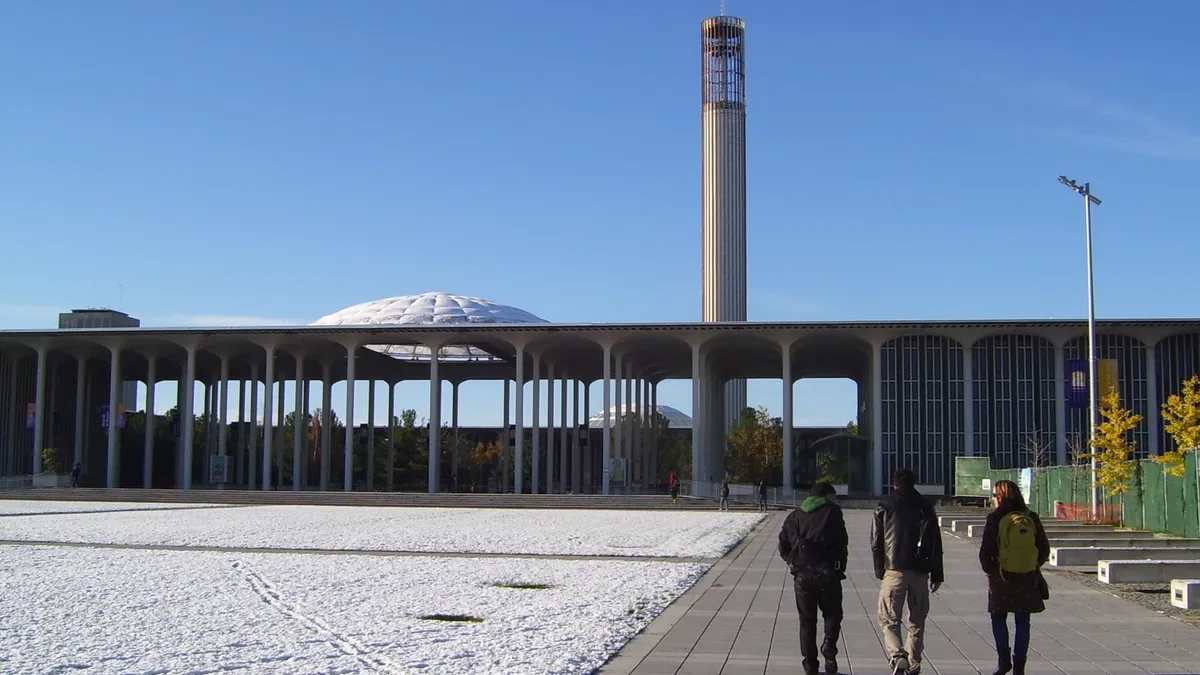Yoram Ashery is CEO of Nostromo Energy, which provides advanced energy storage for commercial buildings.
Commercial building electricity costs in the U.S. have increased by about 20.5% from April 2019 to April 2024, according to data from the U.S. Energy Information Administration, with costs varying substantially by geographic region.
For commercial buildings and other large power consumers, however, focusing solely on the average price of electricity can lead to missed opportunities for potential savings.
The cost of electricity is based mainly on two components: the price of generating the power and the price of capacity, which is the infrastructure required to generate, transmit, and distribute power to consumers. Both generation and capacity costs are time-dependent. For example, renewable energy is free to generate but not always available. And infrastructure prices vary with demand: They can be negligible during off-peak hours but skyrocket during peak times.
These factors can drive significant cost differences in electricity throughout the day. For instance, California’s high solar generation during daylight hours may exceed demand in certain seasons, resulting in low energy prices. However, after sunset, when that electricity is not available, prices rise sharply. The hours around and just after sunset are times of peak demand, when both commercial and residential consumption overlap, causing capacity prices to spike as well. These factors create major, sometimes multifold, intraday price differentials. Consequently, energy bills today can be more influenced by when the electricity is consumed rather than the amount used.
Utilities’ standard rate plans average these varying daily costs and bundle prices into tiers: peak, off-peak and sometimes super off-peak. While average price projections show gradual escalation, they mask important trends: Peak energy prices are expected to rise sharply, whereas off-peak prices are forecast to decline. The gap between peak and off peak prices is widening much faster than average prices are growing. For example, California’s electricity costs for some peak hours are projected to rise nearly 50% from 2024 to 2044, according to the California Public Utilities Commission’s 2022 Avoided Cost Calculator. Meanwhile, electricity costs for some off-peak hours are projected to fall more than 50% in that time. That means the intraday difference in pricing will grow almost threefold in the next 20 years. Therefore, when making decisions about energy use, buildings can save money when they can shift their consumption as much as possible to lower-cost hours.
This price differential is driving the demand for on-site energy storage, which can help mitigate the impact of higher time-based electricity costs, saving buildings money and reducing their carbon footprint.
The role of on-site power storage
Shifting consumption to avoid peak pricing is easier said than done. Buildings can’t simply turn off their electricity during more expensive hours, as essential systems like air-conditioning and other infrastructure must continue to function. On-site energy storage helps building operators take advantage of these pricing gaps. Energy storage systems charge via normal electricity from the grid during the hours when that electricity costs the least per kilowatt hour and releases the stored energy to power building systems when grid electricity prices are higher. This way, buildings can meet all of their electricity needs while drawing power from the grid when the cost of kilowatts is the cheapest.
Thermal energy storage systems are designed to power air conditioning systems with stored thermal energy. Air conditioning uses the largest amount of power in a building and can account for half or more than half of a building’s peak energy demand. TES systems avoid some of the biggest challenges posed by lithium-ion battery energy storage systems, including fire risks and regulatory barriers. The Inflation Reduction Act has created additional, significant subsidies to encourage energy storage installations. Such subsidies can cover up to 50% of upfront costs. Recent energy market reforms have also created pathways for owners of energy storage systems to earn compensation from helping the power grid lower peak loads by discharging their energy at those times, which enhances the owner’s return on investment.
Thermal solutions today are smaller and more modular than earlier designs and can be retrofitted into older buildings and infrastructure. The return on investment for on-site thermal energy storage systems, depending on the region, has dropped from between three to seven years to closer to three to five years, since government incentives connected to the IRA came into play in 2022. In addition, technology advancements and higher electricity rates, which translate into larger savings when these solutions are used, are helping to shorten the ROI period. ROI can also increase when buildings join market participation programs like demand response and tap into locally available incentives.
The combination of advanced software and government incentives allows for the emerging model of energy storage as a service, in which there are no upfront costs for buildings. Rather, buildings subscribe to a service, which provides all the necessary equipment, installation and management of the on-site storage. Buildings then split the electricity bill savings with the service provider, which relies on this money to help finance the storage system. With time, the building can keep a higher percentage of the savings.
On-site energy storage systems begin to reduce electricity bills immediately, starting from when the first batch of stored energy is released to power internal electricity needs, such as air-conditioners.
By proactively embracing energy storage solutions, buildings can assert control over escalating energy costs. If zero-emissions electricity is used to charge the battery, on-site energy storage can help buildings meet their sustainability goals and contribute toward decarbonizing urban areas. As buildings reduce their reliance on power grids during peak hours, their bills will go down each year and grid electricity will become more available. That means fewer blackouts for everyone.



















